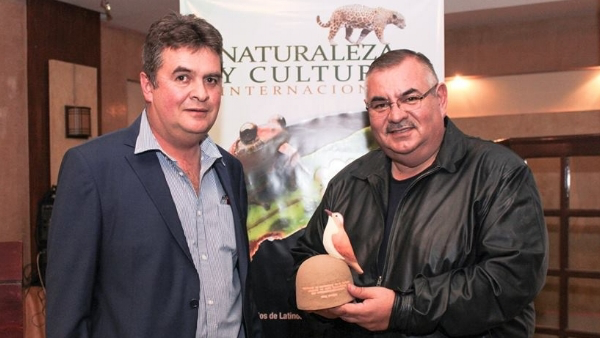

Increased ear thickness was expressed as the mean ± standard error (SE) × 10 −2 mm. The resulting thickness of challenged ears was measured prior to testing, with a micrometer (Mitutoyo, Tokyo, Japan) by an observer unaware of the experimental groups, and then at 2 and 24 hr. Four days later, CS responses were elicited by painting both ears with 10 µl of 0♴% TNP-Cl in acetone and olive oil (1 : 1). Unanaesthetized mice were contact-sensitized with 150 µl of 5% TNP-Cl in absolute ethanol and acetone (4 : 1) applied by painting on shaved skin, or were identically sham-immunized without the contact sensitizer added. Taken together, our data show a very early collaboration between innate-like iNKT cells and B-1 cells for in vivo recruitment of effector T cells of adaptive immunity into the tissues. Effector T cells are generated normally in IL-4 –/– and STAT-6 –/– mice, but cannot be recruited locally because stimulation by IL-4 from the iNKT cells is required to activate the CS-initiating B-1 cells. Thus, we identify the source and mechanism of the positive role of IL-4 in Th1-mediated CS.
#MARIAN KUBES ACTIVATOR#
We now show that IL-4 is produced preferentially by hepatic iNKT cells within just 7 min of immunization, and acts via IL-4 receptors and signal transducer and activator of transcription (STAT)-6 signalling to stimulate the B-1 cells. This suggested that the critical IL-4 was produced by iNKT cells. We showed previously that injection of IL-4 alone at immunization reconstitutes defective CS in CD1d –/– iNKT cell-deficient mice. As IL-4 is important for activating B cells, including B-1 cells, 21 we hypothesized that IL-4 from iNKT cells might stimulate B-1 cells to produce IgM antibodies to initiate CS. 20 In the current study, our major focus was to determine how the CS-initiating B-1 cells are stimulated so rapidly. Recently, others have also shown the involvement of CD1d and CD1d restricted iNKT cells in contact hypersensitivity. 19 This increase in iNKT cell numbers is in turn required to stimulate peritoneal B-1 cells to migrate to the spleen, resulting in the production of specific IgM antibodies that are present in the serum by 1 day after sensitization and mediate the CS-initiating T-cell recruiting response.
#MARIAN KUBES SKIN#
Recently, we demonstrated that iNKT cells are activated and increase in number in the liver within only 0♵–2 hr after skin sensitization. 12, 17 Although 4 days are needed for the CS-effector T cells to become fully activated, 18 the CS-initiating B-1 cells become activated and produce hapten-specific IgM by only 1 day after sensitization. This results in recruitment of the T cells into the challenge site to bind hapten-self-peptide/MHC complexes on local antigen-presenting cells, stimulating local production of IFN-γ within hours.

13 These mediator-containing cells release tumour necrosis factor (TNF)-α 12, 14 and serotonin, 15, 16 inducing vasoactivation. 10 The Ag/IgM complexes activate local complement, 10, 11 which releases C5a to bind C5a receptors 12 on local mast cells and platelets. 9 This 2-hr CS-initiating phase is mediated by the eliciting hapten antigen (Ag) conjugated with self-proteins that bind hapten-specific immunoglobulin M (IgM) antibodies produced by B-1 cells. We previously found that the elicitation of CS in sensitized animals requires an early 2-hr initiating process to locally recruit sensitized effector T cells that mediate the classical late 24-hr component. 8 The current study resolves these paradoxes. 3 – 5 It is, moreover, puzzling that IL-4 also has been considered to act as a suppressive cytokine on CS, as part of Th2 counter-regulation, 6, 7 although this role has also been associated with IL-10. 1 Paradoxically, contact sensitivity (CS) induced by skin painting with reactive hapten antigen, which is a classical Th1 or Tc1 response mediated by local recruitment of interferon (IFN)-γ-producing effector T cells, 2 can depend on IL-4. Interleukin (IL)-4 is critical to regulation of diverse immune responses and can be produced by a variety of cells such as T helper type 2 (Th2) cells, mast cells, and the major subpopulation of CD1d-restricted natural killer T (NKT) cells with invariant Vα14 Jα18 T-cell receptor (TCR) α chains (iNKT cells).


 0 kommentar(er)
0 kommentar(er)
